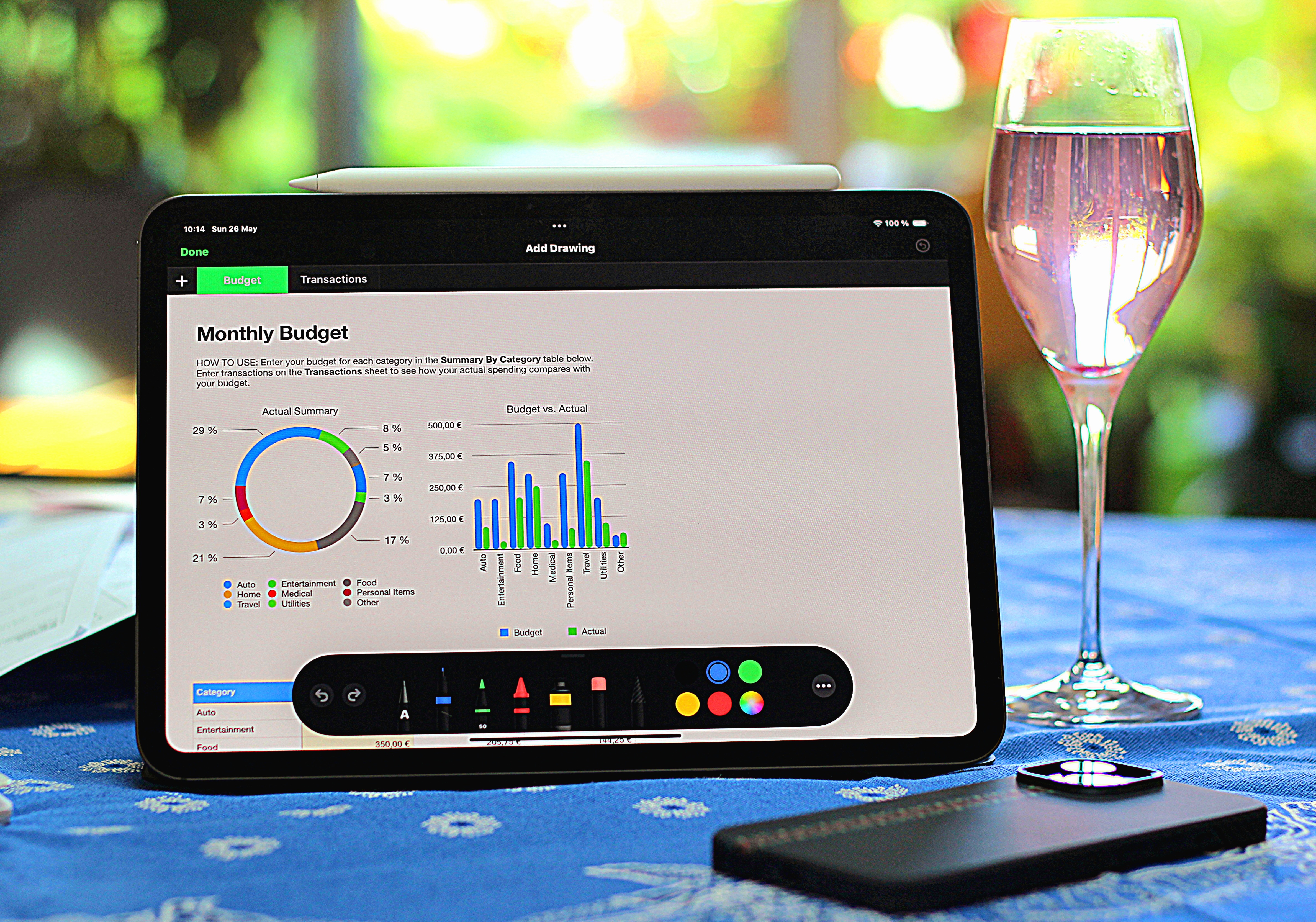Finally PWM and response time numbers!

 www.notebookcheck.net
www.notebookcheck.net
Apple iPad Pro 11 2024 tablet review – Lighter, slimmer, and lightning fast
For years, creative users and entertainment fans have had a blast on the iPad Pro, and now Apple presents an update: The 11-inch model is getting slimmer and is supposed to offer more battery life and performance. OLED is now used as the display technology. We take a detailed look at the...
 www.notebookcheck.net
www.notebookcheck.net

